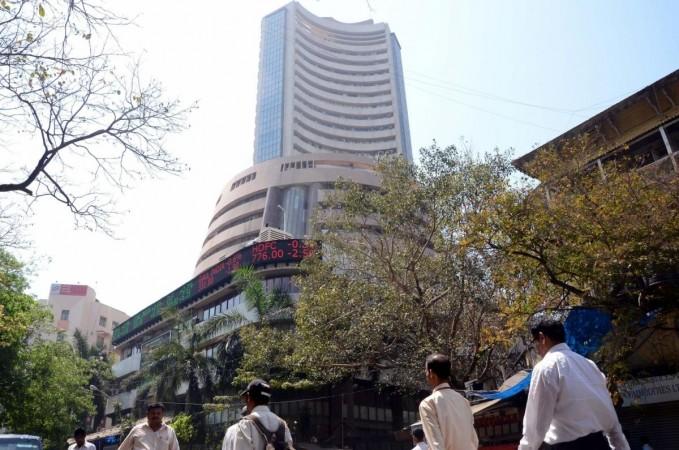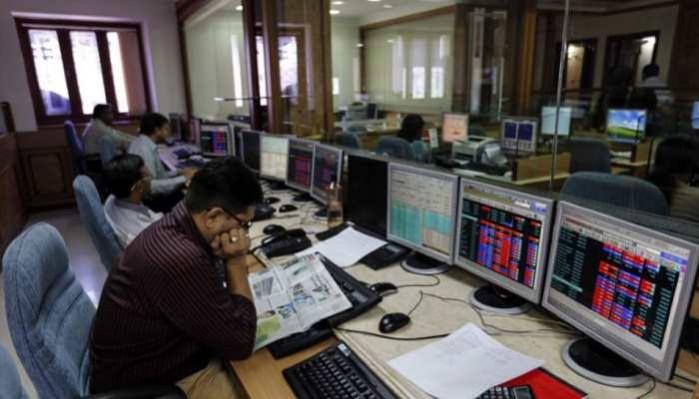The 30-scrip Sensitive Index (Sensex) rose in early trade on Thursday after the fourth consecutive session decline since December 10, led primarily by heavy sell-offs by foreign institutional investors (FIIs).
The markets opened amid worries as FIIs sold shares worth ₹3,407.04 crore, while domestic institutional investors (DIIs) bought shares worth ₹1,553.01 crore on Wednesday.

At 9.30 a.m. the S&P BSE Sensex traded at 58,048 points, up 0.46 per cent. It opened at 58,245 points from the previous close of 57,788 points. Till now it touched a low of 58,014 points.
Besides, the broader 50-scrip Nifty at National Stock Exchange (NSE) opened at 17,373 points after closing at 17,221 on Wednesday. It traded at 17,301 points, up 0.46 per cent during the early-morning trade session.
Infosys, Bajaj Finance, Wipro, L&T Infotech, and Tech Mahindra were some of the top gainers during the early trade, exchange data showed.
US Fed on interest rates in 2022
The US Fed met on December 14-15. Any decision on the future hike in the US interest rates will drive away more foreign portfolio investors (FPIs) from emerging markets, such as India.
The US Federal Reserve said it would end its pandemic-era bond purchases in March and pave the way for three quarter-percentage-point interest rate hikes by the end of 2022 as the economy nears full employment.

"The economy no longer needs increasing amounts of policy support," Fed Chair Jerome Powell told media. He contrasted the near-depression conditions at the onset of the coronavirus pandemic in 2020 with the current environment of rising prices and wages amid a booming job market.
Otherwise, in the day's trade, equity markets opened flat on mixed global cues and remained in the negative zone through the day. Globally, Asian stock markets ended on a mixed note on Wednesday.
However, European shares inched higher on Wednesday ahead of the US Federal Reserve's policy decision that is likely to signal a quicker withdrawal of its pandemic stimulus measures to counter the broadening inflationary risks.









!['Had denied Housefull franchise as they wanted me to wear a bikini': Tia Bajpai on turning down bold scripts [Exclusive]](https://data1.ibtimes.co.in/en/full/806605/had-denied-housefull-franchise-they-wanted-me-wear-bikini-tia-bajpai-turning-down-bold.png?w=220&h=138)



